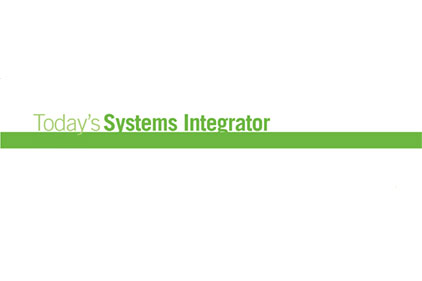In 2011, I attended my company’s leadership meeting to plan for 2012. Our chief intelligent officer (CIO) arrived and told us what every business owner would love to hear, “I believe I can grow revenue 30 percent without hiring anybody.” People sat up in their chairs, a few choked on their coffee, but everybody had the same look on their face and you could tell they were thinking, “tell us more.”
Our CIO is a member of Mensa, which means his IQ is in the top 2 percent of the population. There are approximately 110,000 documented Mensa members in the world, so when he talks, we listen. He is always stretching our minds. This time, he took us somewhere obvious, but somewhere so obvious, that we had never strategically thought of before. He indicated that he had analyzed our client base and our sales staff selling motions. He had identified 25 key questions to assess the value of our client relationships. He classified the clients into A, B, C and F categories that were based on the ability to answer “yes” to each of the questions in the table.
A: The answer to the questions were “Y” for 22 or greater
B: The answer to the questions were “Y” for 16-19
C: The answer to the questions were “Y” for 12-15
F: The answer to the questions were “Y” for less than 12
Our CIO identified the A’s and what made them such strong clients. Then, he set the bar for the areas of development that were needed to move the B’s and the C’s up to A’s. He made a very strong point that “F” stood for “fire them.”
To some, that plan seemed harsh for a relatively small solution provider. Some of the clients had passed the 10-year mark with our company. However, the CIO’s research identified that the F clients were taking up lots of sales and presale engineering time, and that A and B clients needed more support and weren’t getting it. In addition, F clients typically didn’t pay on time, haggled over prices, had a longer sale cycle and had no strategic value to the organization.
The brutal facts showed us that we needed to aggressively work to move C and B clients into the A category. In order to make this change, these clients needed to have more “Y” marks on the chart, so we created a client development plan that gave the salesperson and our company’s leadership a focused strategy for growing the accounts.
Our plan? We moved away from the F clients, immediately. Then, we had a hard discussion with our clients and explained our company’s direction had changed. We told them what they would need to do in order to become A’s. Second, we transitioned some over to inside sales, and then, if clients could not meet our new criteria, over time, we stopped our calls to them.
At first, our sales team resisted. They wanted to hold onto low-margin clients, and they used every excuse to keep doing business with the F list. However, our sales leadership quickly reassigned client accounts and engaged our marketing team to focus on finding new A clients.
The new focus on moving the B and C clients up to the A list created an accelerated revenue growth for our company that exceeded all of the revenue we had received from the F accounts.
In two years, our company went from making $38M to $68M, increased our A clients from 22 to 40, reduced our clients overall from 400 to 250, and lowered the amount of clients a sales person could support from 40 to under 25. We continued to evaluate our clients every six months, and still do so today.
Our CIO was promoted to Chief Strategy Officer and he continues to challenge us — but more on that later…Connect with me on LinkedIn and I would be happy to share more insight on this topic.




